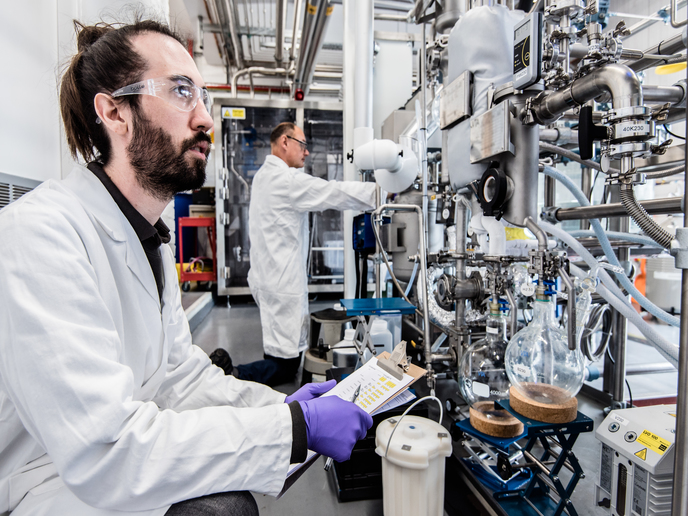Simulating the formation of nanomaterials
Nanoparticle crystals have a wide variety of applications in areas such as nanoelectronics, high-density data storage, catalysis and biomedical materials. We know that under certain conditions natural forces drive the assembly of nanoparticles into ordered novel structures. However, the complicated interplay of inter-particle forces, packing constraints and dynamics are still poorly understood. This complicates the design and functionality control of such materials, hampering their applicability. To provide a solution to this problem, the EU-funded ‘Simulation of directed self-assembly of nanocrystals’ (Nanosym) project used a combination of different simulation techniques to predict the stability and nucleation barrier of nanocolloidal crystals. More specifically, Nanosym scientists developed advanced theoretical and computational techniques to define solid-liquid interfacial free energies and assist in the design of nanoparticle-based crystals. These methods were tested on a variety of systems including hard spheres and polymer-colloid mixtures. Using state–of-the-art computational machinery, scientists explored the formation of colloid lattices with cubic, hexagonal, tetragonal and orthorhombic symmetries. The structural diversity was attributed to the balance of electric charges and dipole moments. Finally, a model predicting the interaction of nanocolloids was designed, taking into account data on electrophoretic mobility and temperature dependence of binary nanoparticle superlattice (BNSL) structures. The Nanosym-generated simulation technology constitutes an invaluable tool for predicting nanomaterial self assembly. Application of this system will aid the design of novel nanomaterials with functionalised properties.







